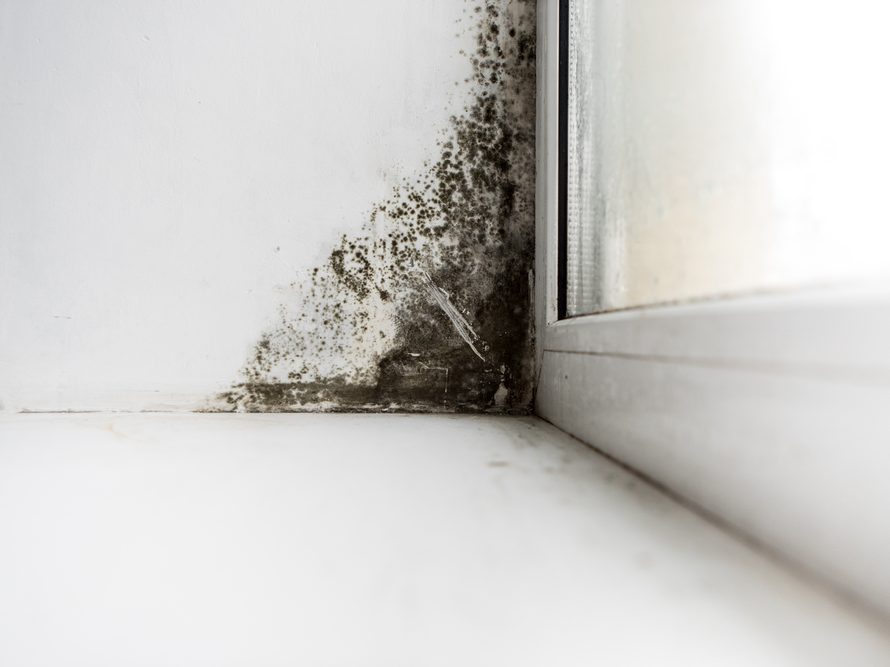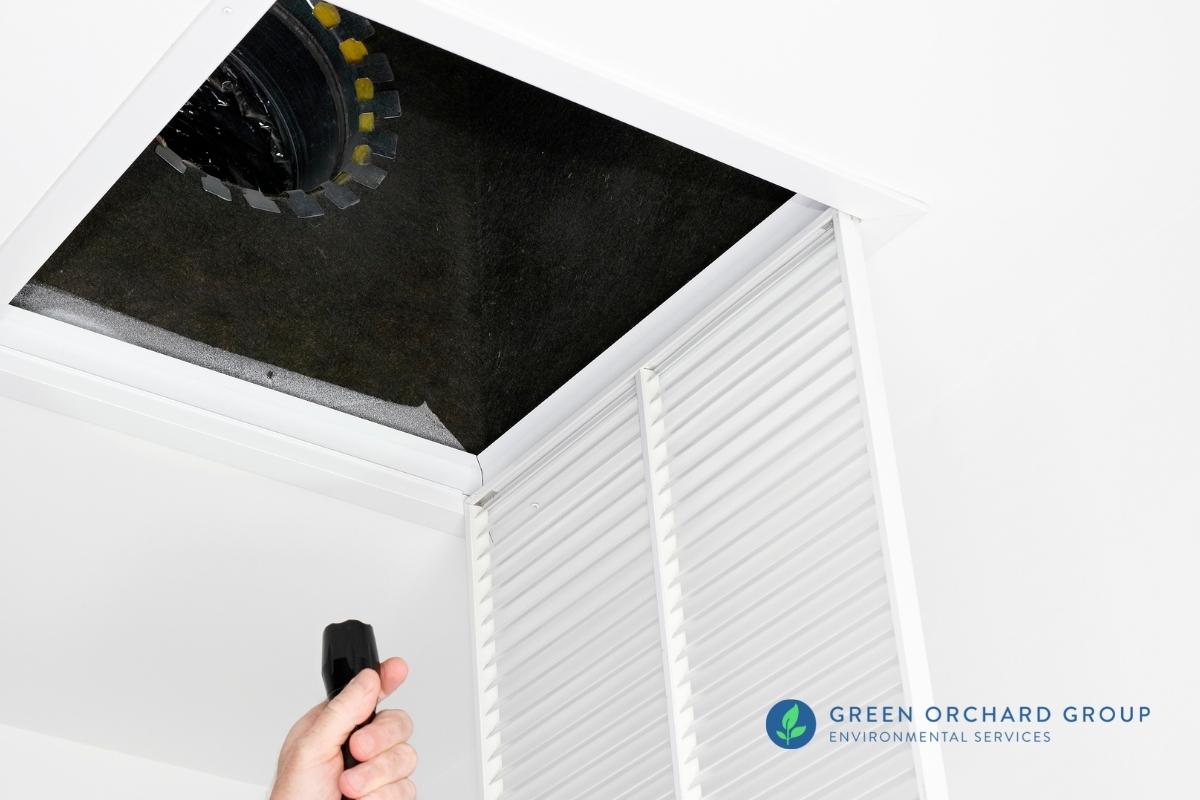Specialist Tips for Blog Post Mold Remediation Success
In the realm of mold removal, effectively eradicating mold and mildew is only half the battle; the true difficulty lies in stopping its reappearance. By sticking to skilled ideas and ideal techniques, people can secure their spaces against mold and mildew resurgence and maintain a healthy indoor setting.
Screen Moisture Degrees Routinely
Regular surveillance of moisture degrees is necessary in making certain the effectiveness of post mold and mildew remediation initiatives. After completing mold remediation procedures, maintaining optimum humidity levels is important to avoid mold re-growth and make sure a healthy and balanced interior environment. Monitoring humidity levels allows for early discovery of any spikes or variations that might possibly lead to mold revival. High moisture levels above 60% create a favorable setting for mold and mildew to flourish, making routine monitoring a proactive action to prevent any type of future mold concerns - Post Mold remediation cleaning.
Additionally, developing a routine timetable for humidity checks, especially in risky locations such as washrooms, kitchen areas, and basements, is a proactive strategy to mold avoidance. By regularly checking humidity degrees, residential or commercial property owners can properly reduce the danger of mold reoccurrence and keep a healthy interior environment post-remediation.
Conduct Thorough Inspections Post-Remediation
Adhering to the completion of mold and mildew removal treatments, it is necessary to perform extensive assessments to confirm the effectiveness of the removal procedure. These post-remediation inspections are important in making sure that the mold and mildew concern has been successfully addressed and that there is no recurrence or remaining mold development. Assessments need to be performed by qualified specialists who have competence in determining mold and evaluating indoor air high quality.
Throughout these examinations, various techniques such as aesthetic evaluations, air tasting, and surface area sampling might be employed to completely assess the remediated areas. Aesthetic evaluations entail a thorough inspection of the properties to look for any type of noticeable indicators of mold and mildew development or water damages. Air tasting aids in determining the airborne mold and mildew spore levels, while surface tasting can spot mold and mildew bits on surfaces.
Implement Correct Air Flow Strategies
After making certain the performance of the mold removal process through comprehensive assessments, the following important action is to concentrate on executing appropriate air flow methods. Sufficient ventilation is necessary in avoiding mold reoccurrence by regulating dampness levels and advertising air flow. To attain this, it is suggested to utilize exhaust fans in areas susceptible to high humidity, such as cooking areas and bathrooms. Furthermore, opening home windows and doors when weather condition allows can help improve air flow and reduce dampness build-up. Air cleansers and dehumidifiers are also important devices in maintaining optimal interior air high quality.
Correct ventilation not just help in avoiding mold growth but likewise contributes to the total health and wellness and convenience of residents. By guaranteeing sufficient ventilation throughout the property, you can lower the risk of mold regrowth and create a much healthier living setting.

Usage Mold-Resistant Products for Fixes
To boost the long-lasting efficiency of mold remediation initiatives, incorporating mold-resistant products for repairs is critical in mitigating the threat of future mold development. Mold-resistant materials are made to withstand wetness and hinder mold development, making them a vital option for areas vulnerable to moisture and moisture. When fixing locations affected by mold and mildew, using products such as mold-resistant drywall, mold-resistant paints, and mold-resistant caulking can help protect against Home Page mold recurrence.
Mold-resistant drywall is an exceptional choice to traditional drywall in locations like basements and shower rooms where wetness levels are higher. When revealed site link to damp problems, this kind of drywall has a special layer that resists mold growth even. Additionally, utilizing mold-resistant paints having antimicrobial representatives can further prevent mold development on ceilings and wall surfaces.
In locations where wetness is usual, such as washrooms and kitchen areas, using mold-resistant caulking around windows, sinks, and tubs can assist seal out water and stop mold from taking hold in splits and holes. By purchasing these mold-resistant materials during repair services post-remediation, you can significantly minimize the chance of future mold and mildew issues and maintain a healthier indoor environment.
Maintain Sanitation and Address Water Issues
After mold and mildew removal, it is crucial to preserve a clean setting to prevent the regrowth of mold and mildew. Leakages, water invasion, or high humidity levels can produce the best reproduction ground for mold, so it is crucial to take care of any type of water-related issues quickly.
To maintain cleanliness, take into consideration utilizing HEPA filters in vacuums and air purifiers to catch mold spores and avoid their flow in the air. Making certain correct air flow in locations susceptible to moisture build-up, such as kitchen areas and shower rooms, can aid keep humidity levels in check. By remaining watchful regarding tidiness and attending to water concerns without delay, you can successfully stop mold reinfestation and preserve a healthy indoor atmosphere.
Verdict

In the world of mold and mildew remediation, efficiently eliminating mold is just half the battle; the true challenge lies in avoiding its reappearance. After completing mold removal treatments, keeping optimum humidity degrees is important to stop mold re-growth and guarantee a healthy and balanced indoor atmosphere. High humidity degrees above 60% produce a helpful atmosphere for mold to grow, making regular keeping an eye on a positive measure to prevent any kind of future mold concerns.
To enhance the long-lasting effectiveness of mold remediation initiatives, incorporating mold-resistant materials for repair work is essential in reducing the threat of future mold and mildew growth. After mold removal, it internet is vital to keep a tidy setting to protect against the regrowth of mold.